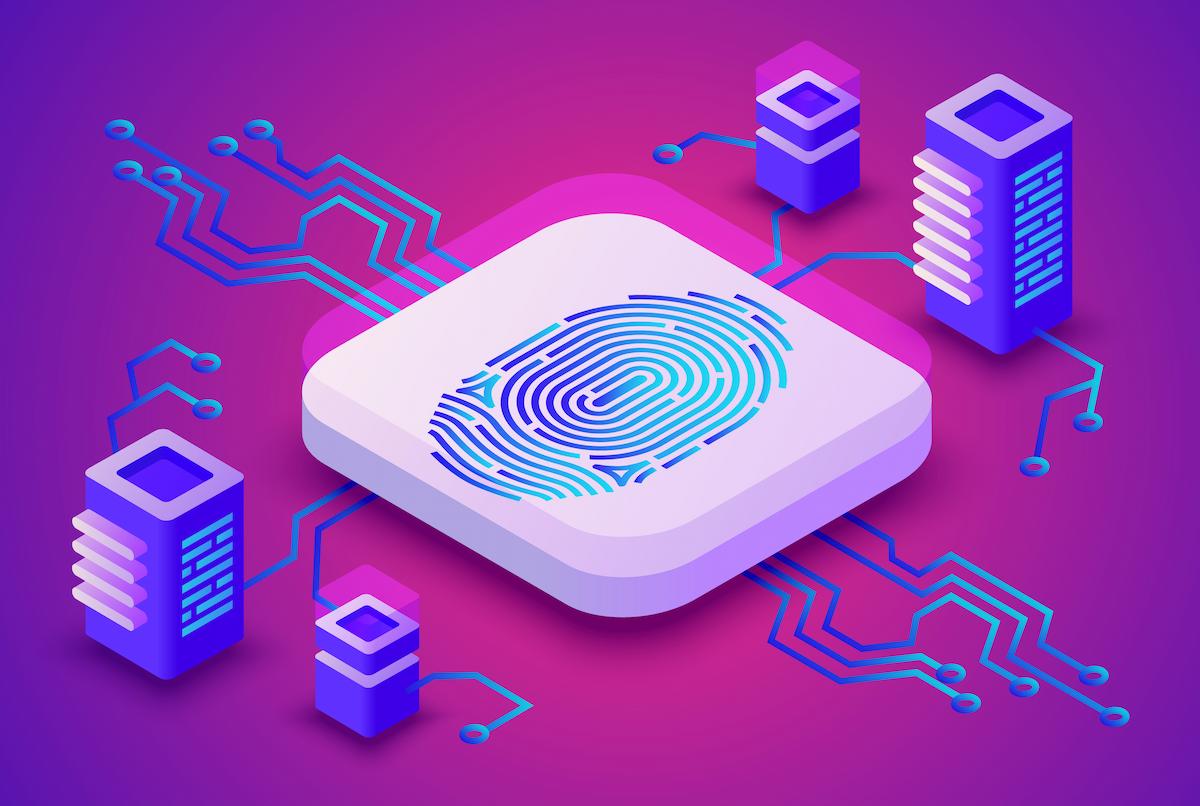Accidents and crimes, whether minor or severe, can leave individuals and communities struggling with the after-effects. These events often lead to legal proceedings in both criminal and civil courts, as well as efforts to improve public safety. To achieve the best possible outcomes, all parties involved require accurate and reliable information. One of the most revolutionary methods for gathering information in today’s forensic workflows is by implementing 3D scanning in crime and accident reconstruction. By creating a clearer, more detailed representation of events, 3D scanning is significantly enhancing data collection in the forensic process.
What is 3D Scanning?
A 3D scan is a digital representation of a real-life physical object, place, or person. A 3D scanner is employed to record points in space to a specified coordinate system. This digital representation can be made via a variety of different methods such as structured light scanners, laser scanners, or photogrammetry. This allows for anything from a small coin to a large building to be scanned with ease. Most professional 3D scanners used in forensics offer accuracy up to 0.1 mm and resolution, or detail, up to 0.5 mm. Modern professional 3D scanners are also portable and facilitate efficient data processing.
Importance of Forensics
In legal proceedings, accurate facts and information are essential to avoid biased judgments influenced by emotional or false testimonies. Forensics is generally divided into two main categories: criminal and civil cases. In criminal cases, details about the crime scene, the items present, and evidence left by possible perpetrators are crucial for identifying the guilty and ensuring justice, as well as protecting the innocent from wrongful accusations. Similarly, in civil cases, precise information about the location of entities or points of interest, as well as items that are present or missing, is critical for resolving disputes involving liability, negligence, or damages.
Advantages of 3D scans with Forensics
There are numerous advantages to using 3D scanning forensics. Not only does the non-contact capturing process ensure that information about locations and items of interest remains undisturbed, but it also allows data to be saved and reviewed by detectives and legal personnel as many times as needed throughout the legal proceedings—even if the actual scene has already been cleared and returned to its normal state. Here are some additional advantages of using 3D scanning in forensic investigations.
Documentation of Evidence
Evidence is crucial in any legal proceeding, and a 3D scan offers a fast and efficient way to gather and document it, whether the crime scene is indoors or outdoors. A virtual file created from the scan is not only easy to transport but also convenient to examine, allowing all parties involved to review it at any time. he precise details captured by the scan, such as bloodstain patterns, bullet holes, tool marks, and shoe prints, can be accurately preserved in 3D space. This comprehensive data collection enhances investigation capabilities, allowing for detailed analysis from various angles. Additionally, 3D scans can serve as demonstrative evidence in court, helping juries and judges visualize the crime scene or accident dynamics more effectively.

Virtual Models for Reconstruction and Simulations
Creating a virtual model of a crime scene offers numerous advantages. As previously mentioned, 3D scanning is a non-contact method of documenting evidence, which helps prevent any potential tampering. This virtual model can be used for documentation, scene reconstruction, and even running simulations to analyze various scenarios that may support a legal case.
Vehicular crash reconstruction is a key area where 3D scanning technology has made significant advancements. Analyzing a virtual model of a crash scene allows investigators to reverse-engineer the events leading up to the collision and determine fault. The precision and detail captured by 3D scanning—including skid marks, debris distribution, and vehicle positioning—can significantly impact the analysis. Virtual models of damaged components can be compared to models of undamaged parts, providing valuable insights for ongoing investigations. Additionally, a virtual crash scenario can be recreated and supported by findings from a 3D scan, aiding in the resolution of legal cases. The speed of data capture also allows for a more efficient investigation process, facilitating collaboration among law enforcement, insurance companies, and legal teams. Ultimately, 3D scanning enhances the ability to visualize complex information, improving communication and understanding during court proceedings.
Forensic Anthropology and Odontology
In anthropology and odontology, the analysis of skeletal remains and entire death scenes plays a critical role in forensic investigations. These examinations help establish the identity of the deceased, estimate the time of death, and interpret any signs of trauma or injury present on the remains. Utilizing advanced 3D scanning technology, digital models of these evidentiary materials can be created and examined in detail. Investigators can then employ augmented reality (AR) and virtual reality (VR) to immerse themselves in a virtual environment where they can analyze bodies and skeletal structures from multiple angles and perspectives. This interactive approach not only enhances the accuracy of the analysis but also facilitates collaboration among forensic experts, legal professionals, and law enforcement, making it easier to present findings in court. Additionally, the ability to simulate various scenarios in AR and VR can provide deeper insights into the circumstances surrounding the death, ultimately aiding in the pursuit of justice.
Conclusion
With 3D scanning, evidence can be quickly captured and documented in a digital format for easy transportation and analysis. These digital models can be reconstructed and simulated to support legal arguments effectively. Additionally, the virtual analysis of bodies and skeletal remains allows investigators to examine evidence from new perspectives. Overall, the integration of 3D scanning significantly enhances forensic investigations, improving both accuracy and efficiency.
Contact us today to learn more about how to begin in 3D scanning.

